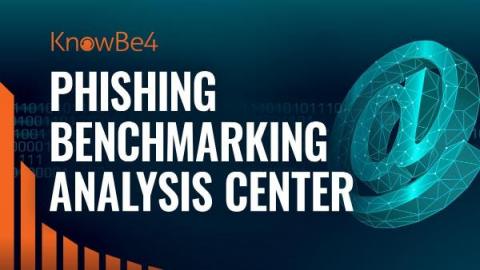KnowBe4's Interactive Phishing Analysis Center: Keep Your Finger On The Pulse
As a security awareness practitioner, keeping your pulse on industry - and geographical - benchmarking data and best practices is always a good way to measure your organization’s security awareness success. That’s why KnowBe4 has launched its Phishing Benchmarking Analysis Center. It’s intended as a fun, interactive digital hub that allows you to slice and dice security awareness benchmarking data from across various industries and geographical regions.




